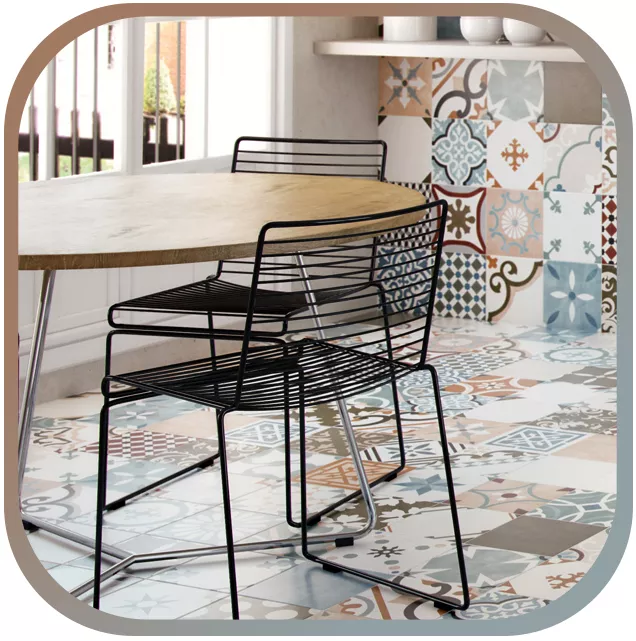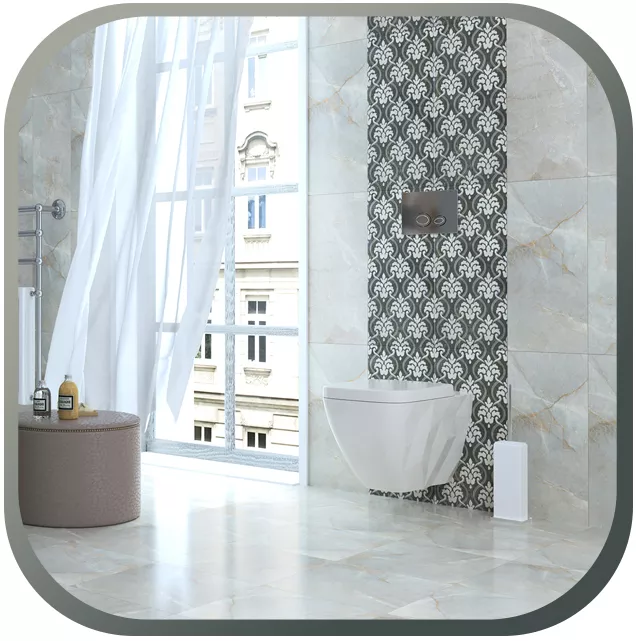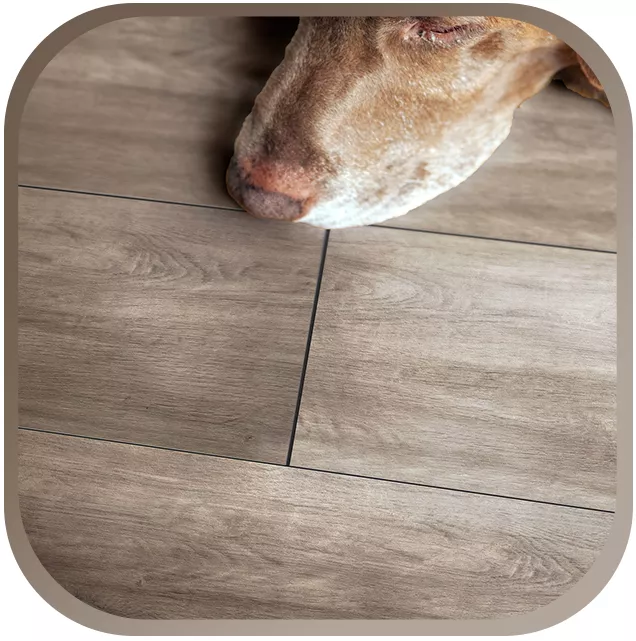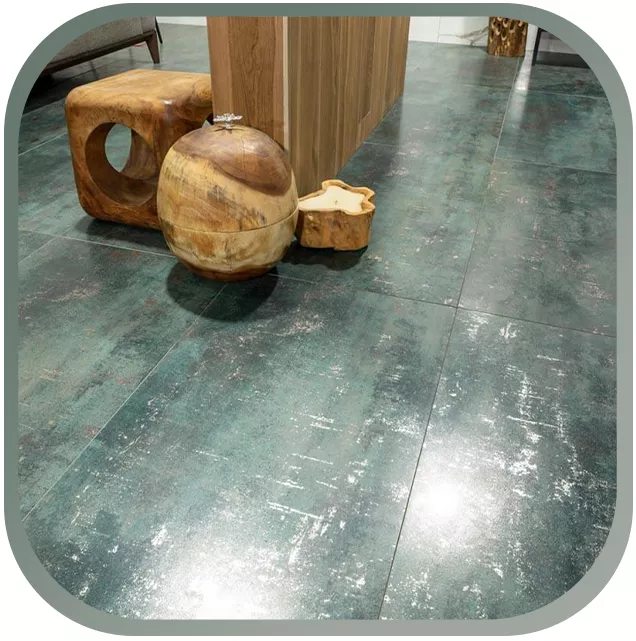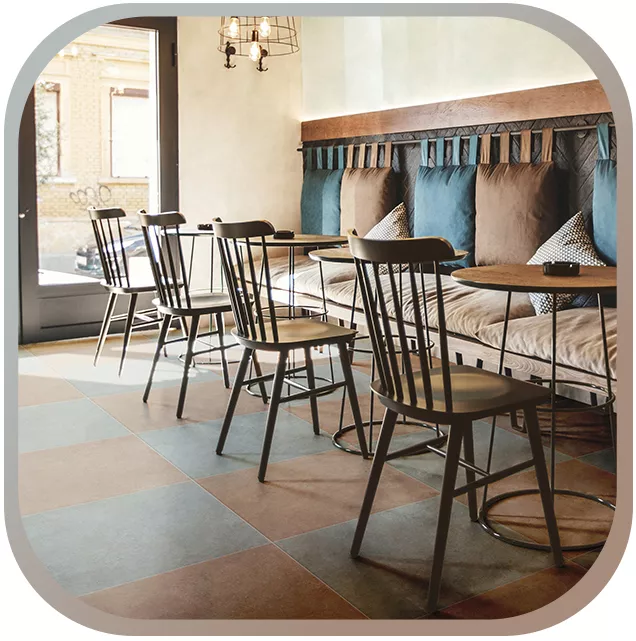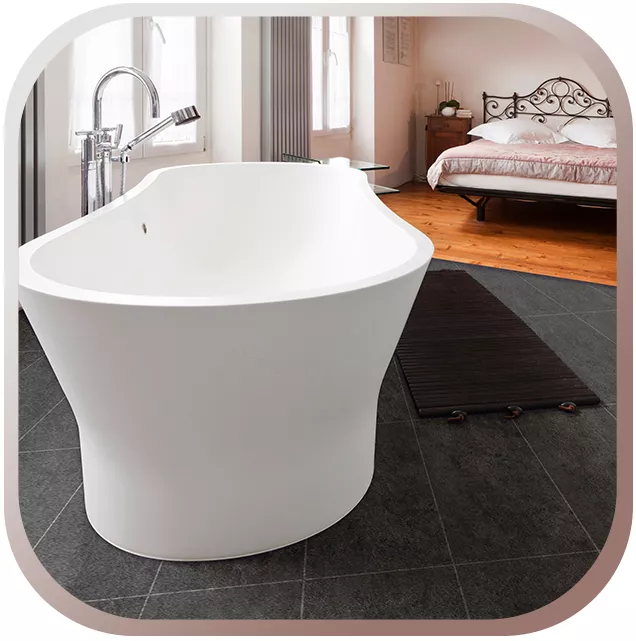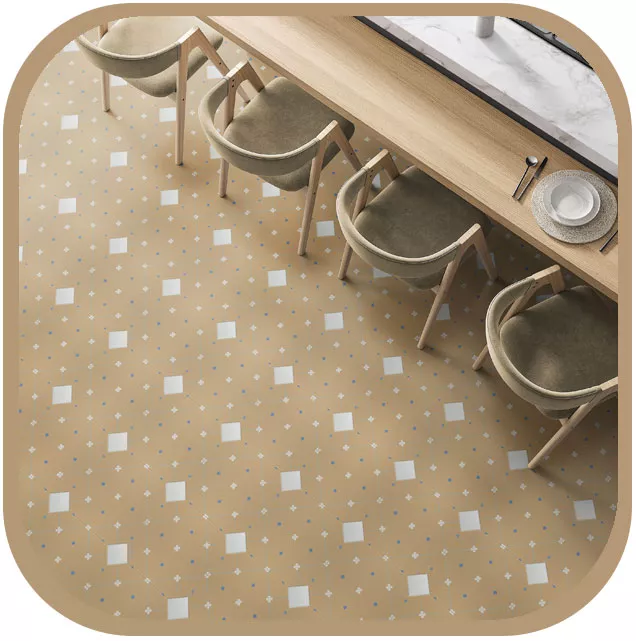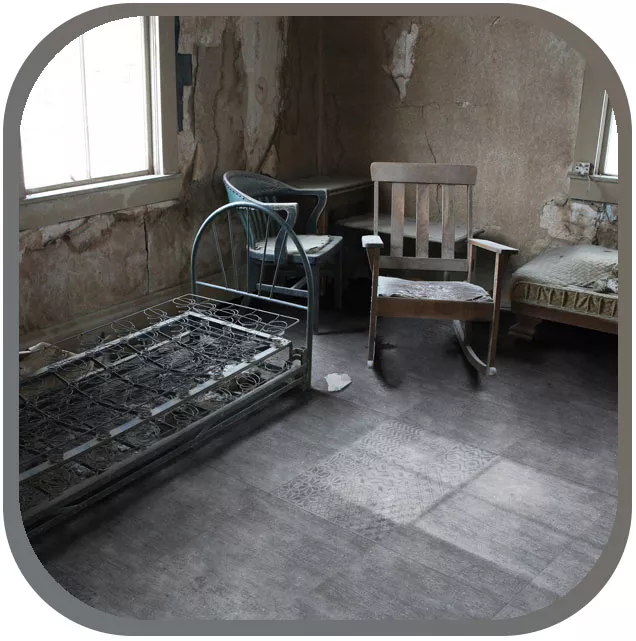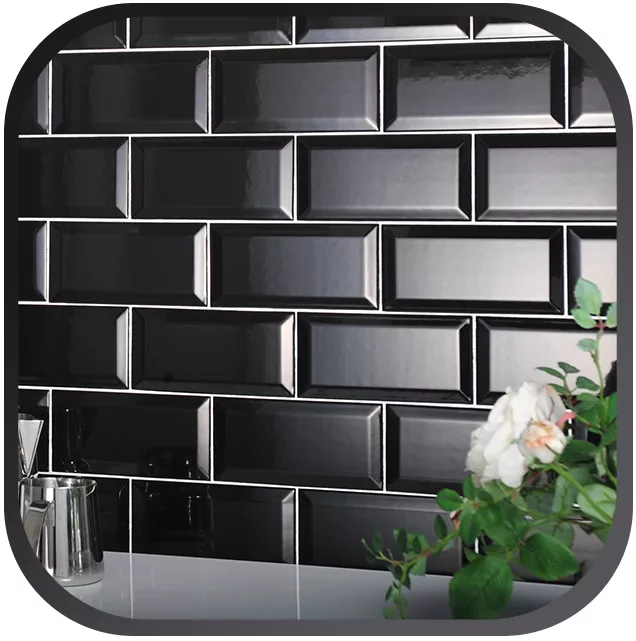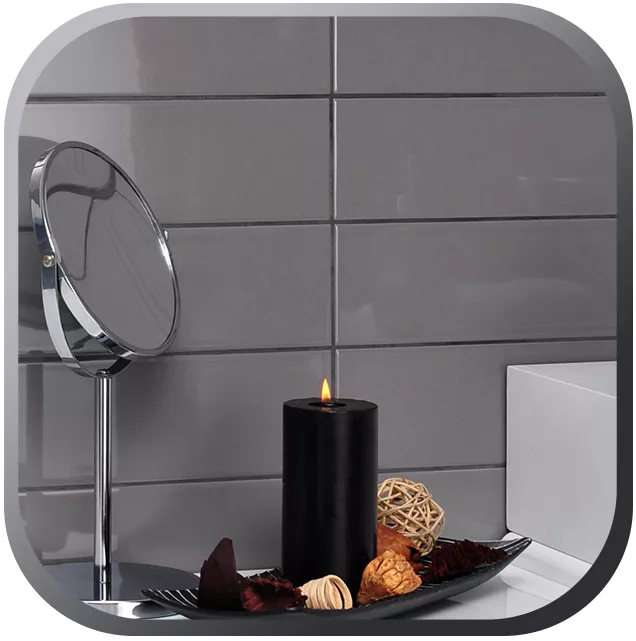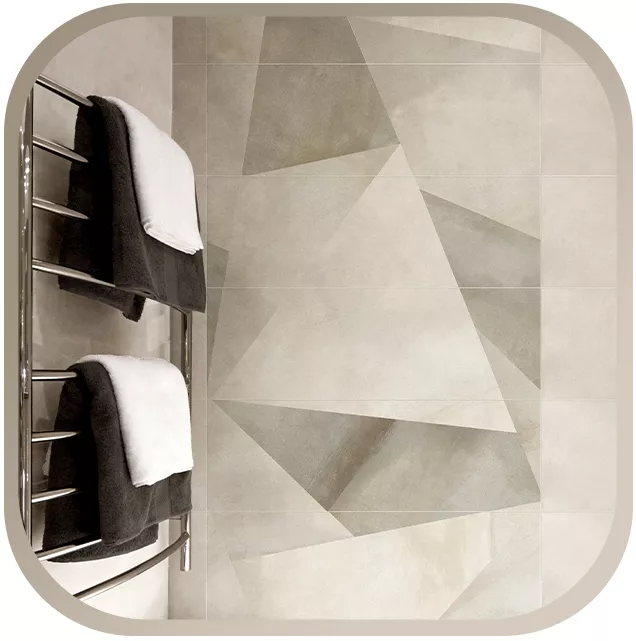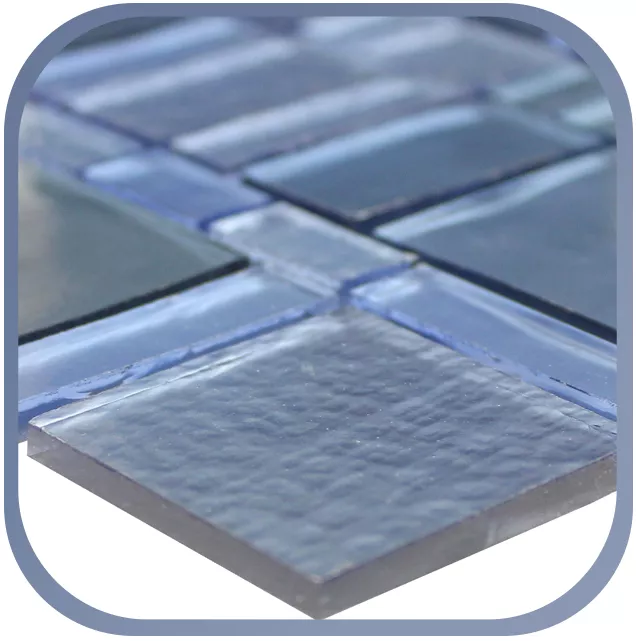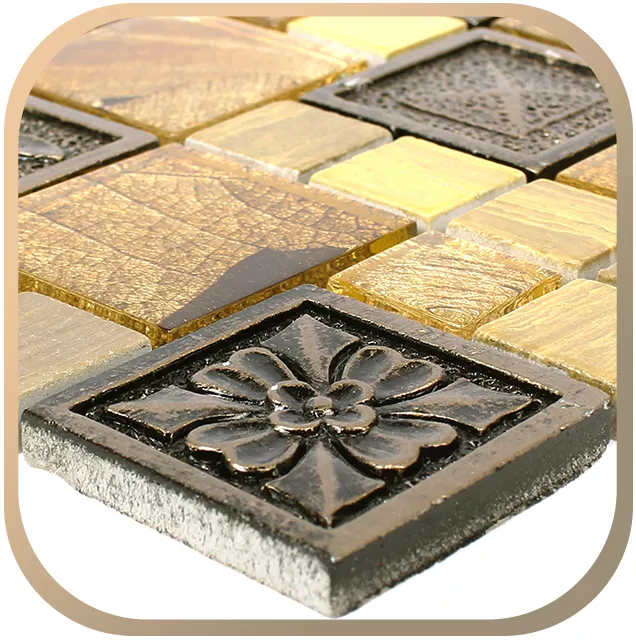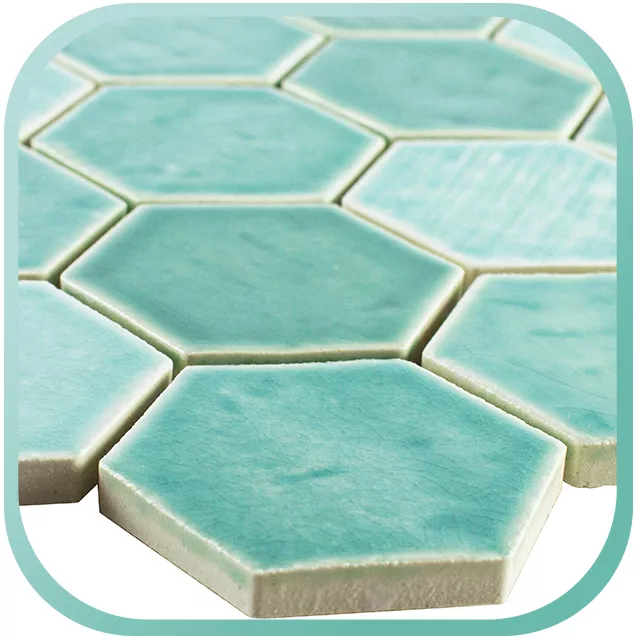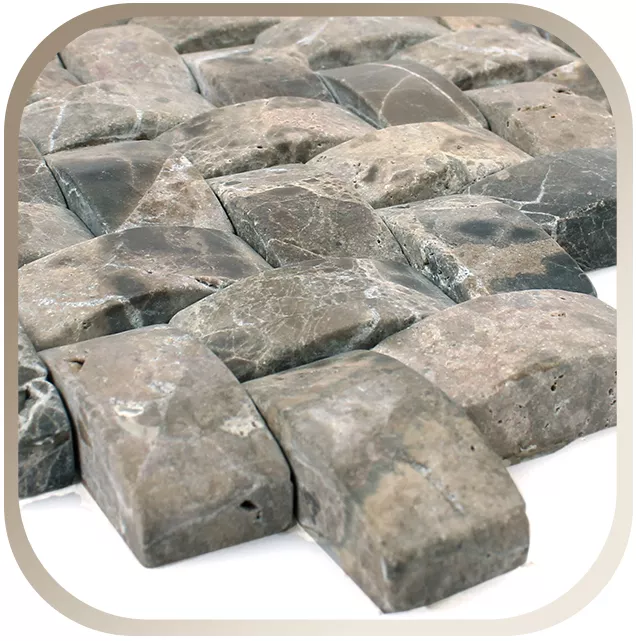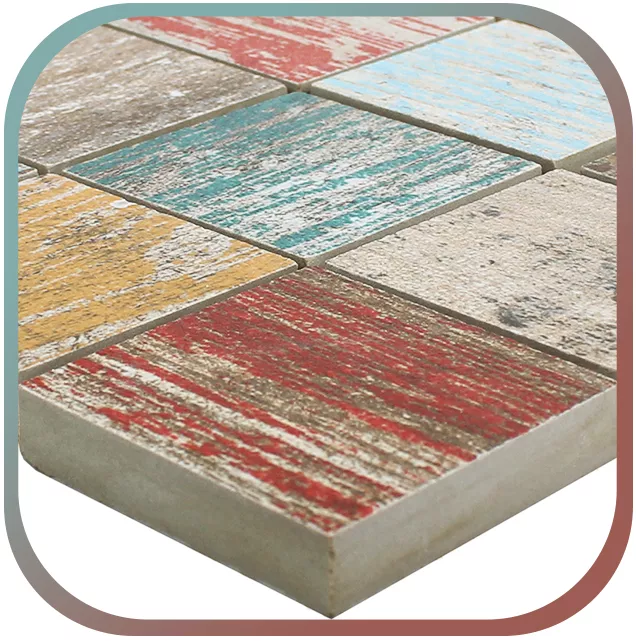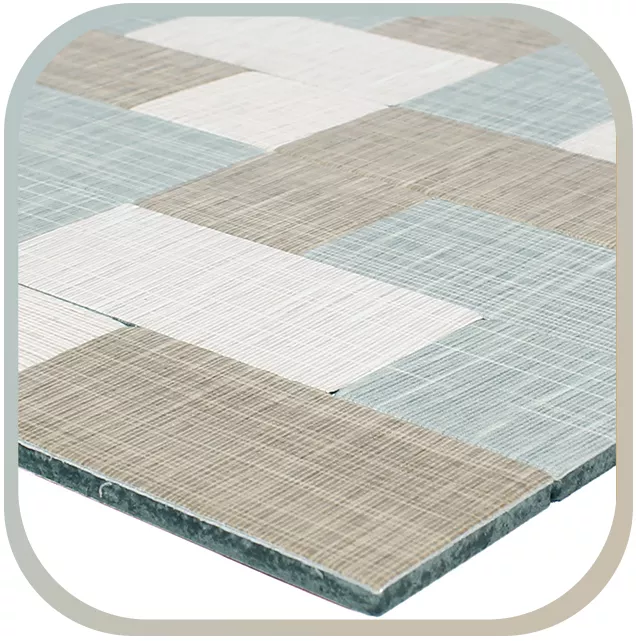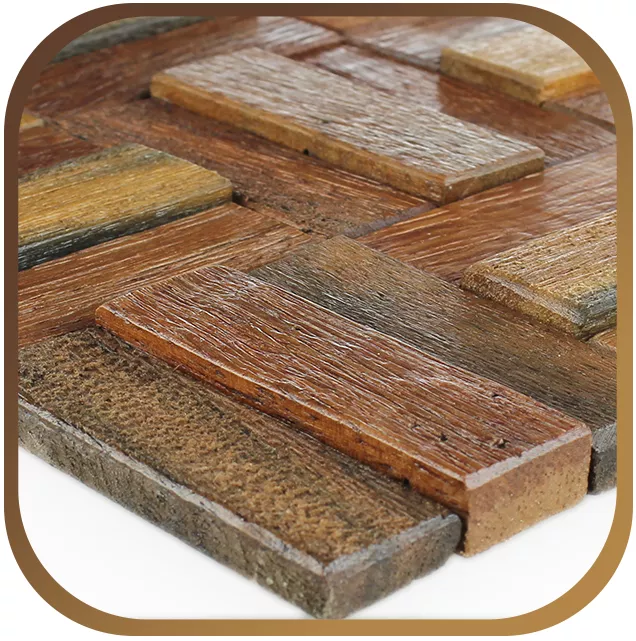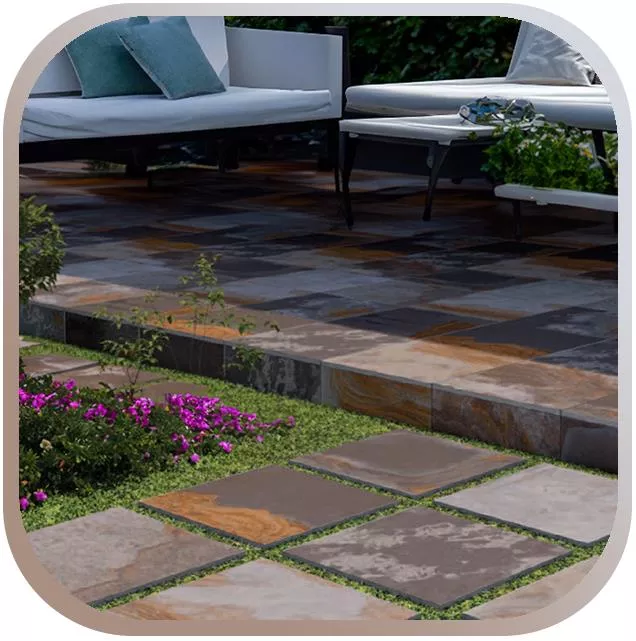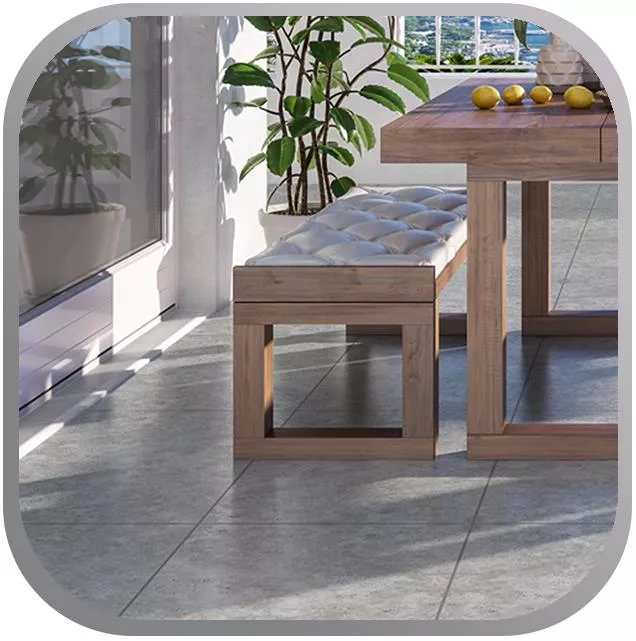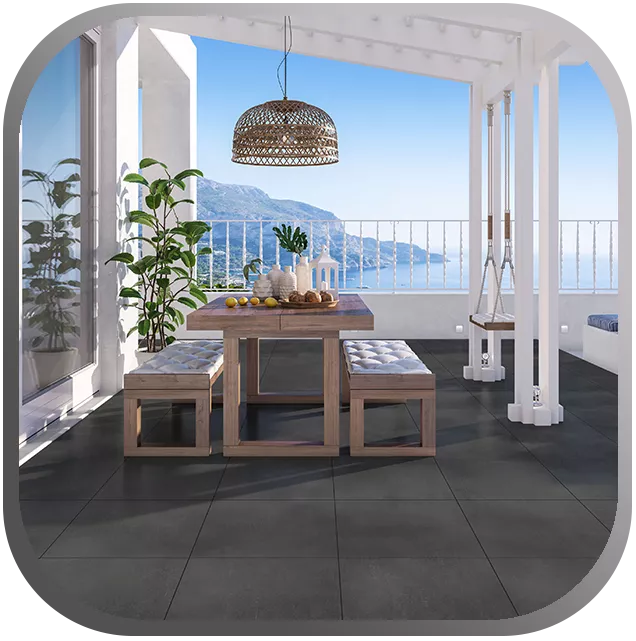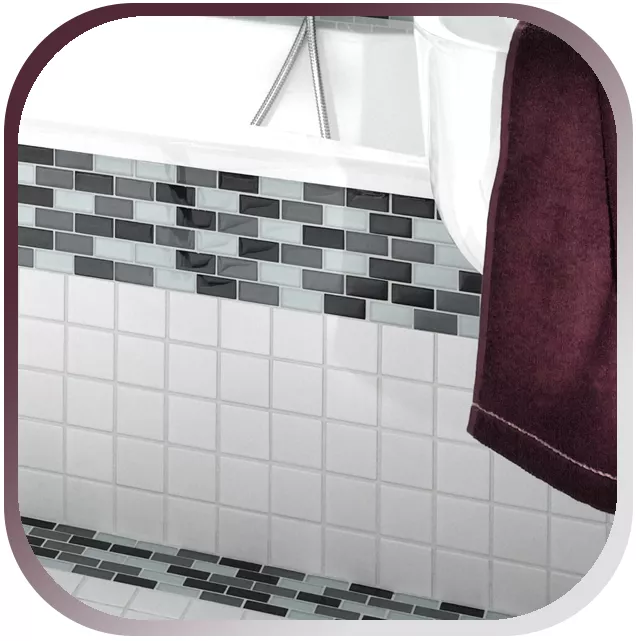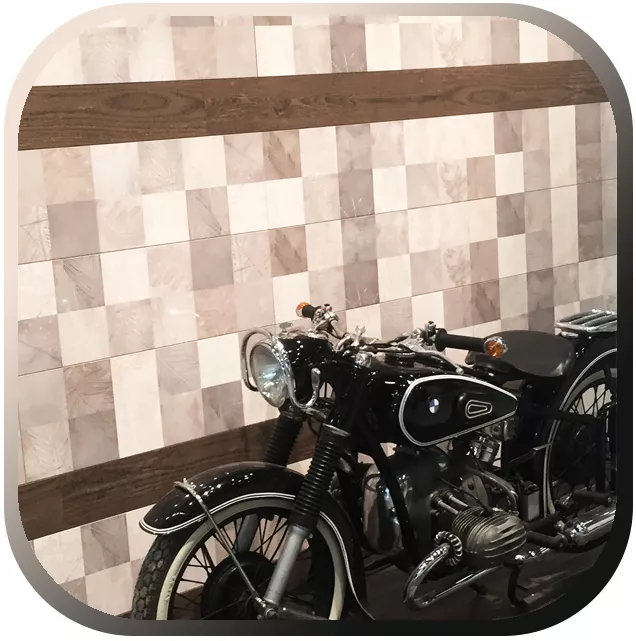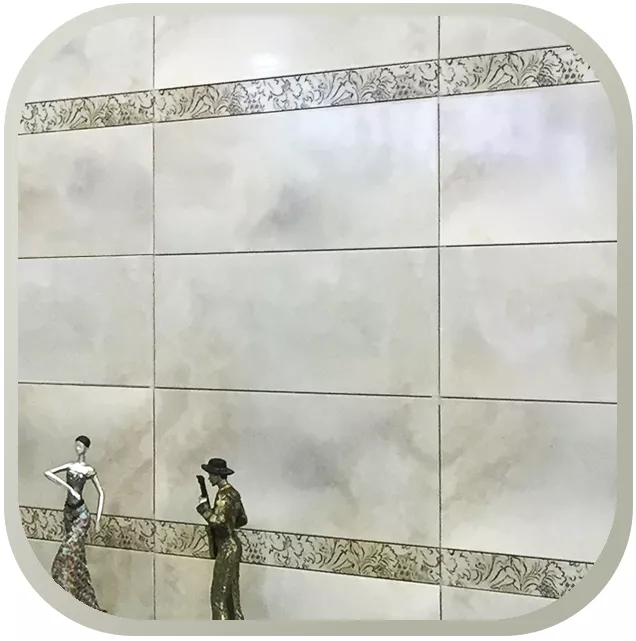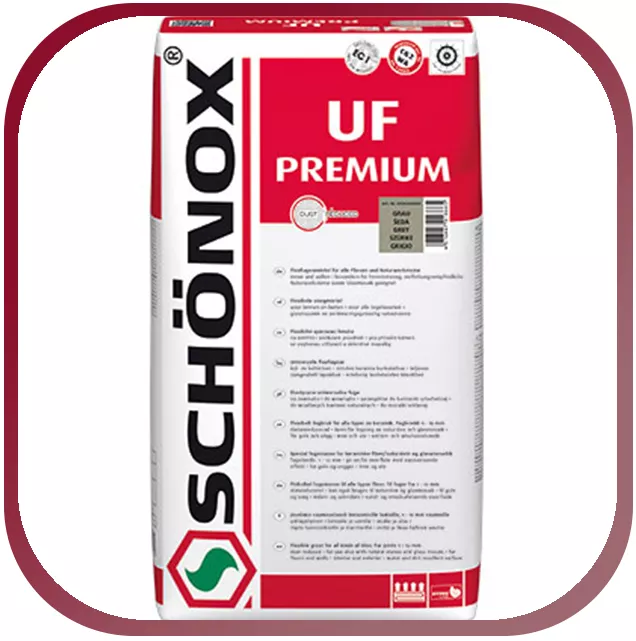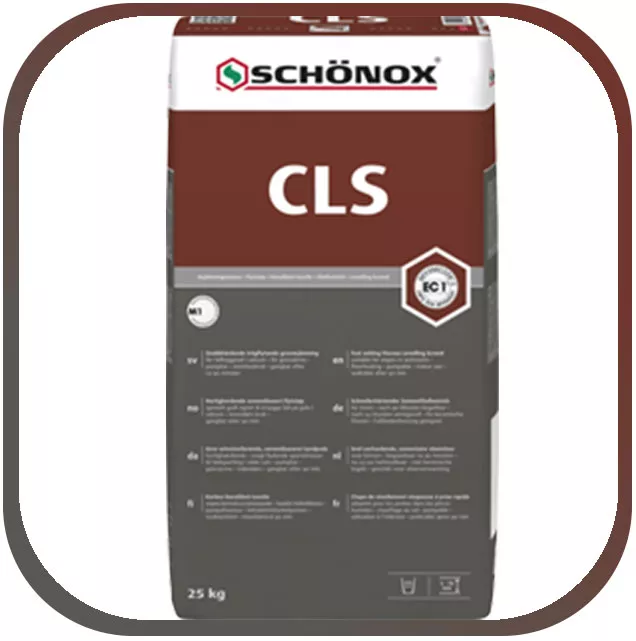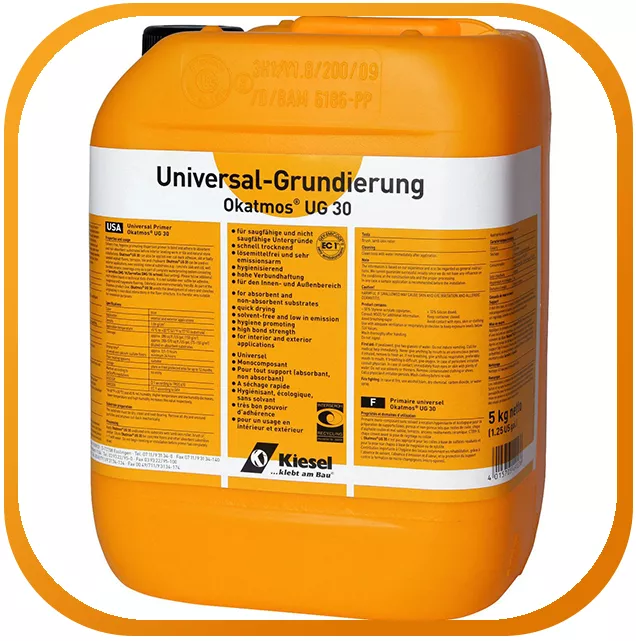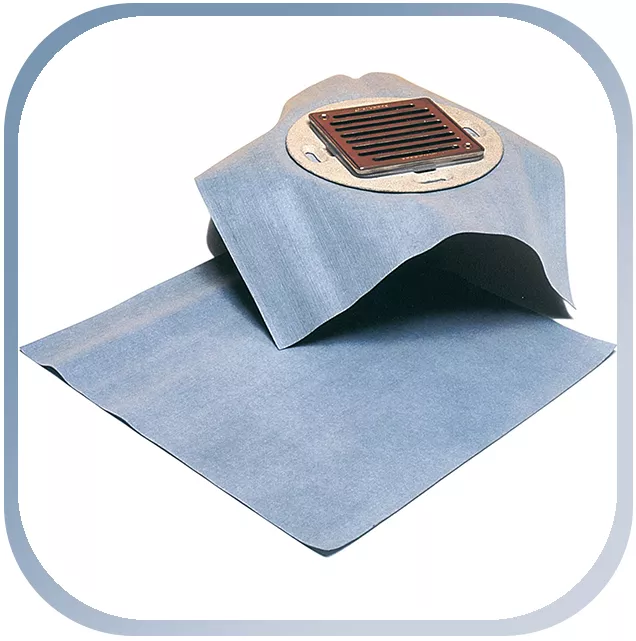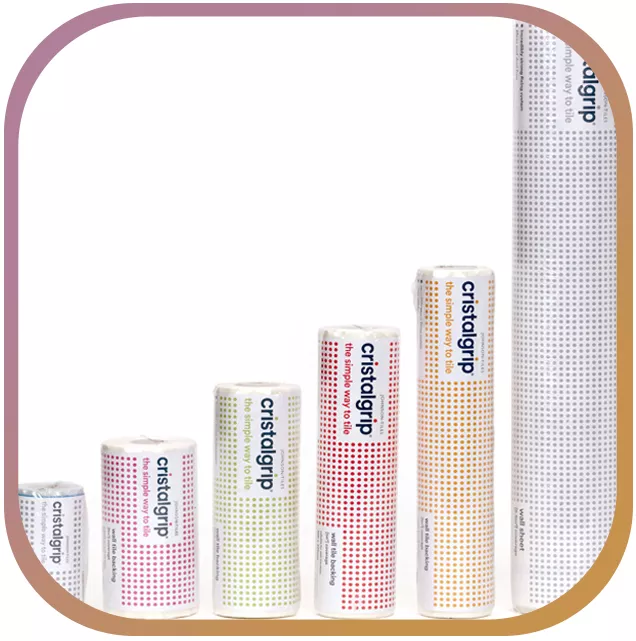
Outdoor tiles are exposed to wind and weather, cold and heat. That is why tiles have to be able to withstand a lot, especially outdoors. So quality is the top priority here. But even the highest quality outdoor tiles can crack if they are not installed correctly. So if you want to lay garden tiles or want to lay the new terrace tiles, you should always strive for good materials and work carefully.
Outdoor tiles made of natural stone
Natural stone tiles are still among the most popular garden tiles. The materials sandstone, travertine, granite, quartzite, limestone and slate are used in particular. All of these natural stone slabs have in common the connection between nature and aesthetics. All outdoor tiles are also frost-resistant. In addition, there are some differences between the different patio tiles. Sandstone and travertine tiles have a much more Mediterranean feel than natural stone slabs made of granite or slate, for example. Quartzite floor tiles have a particularly rough surface and are more likely to be used as garden tiles than patio tiles. Terrace tiles made of warm-colored travertine or summer sandstone give you a piece of Tuscany in the middle of Germany. The light natural tones of these beautiful outdoor tiles, their velvety surface and the light grain make each of these tiles unique and your terrace an exhibition of taste and lifestyle.Patios or garden tiles made of granite or slate are more elegant and cooler. They exude an aura of clear elegance and are particularly suitable as outdoor tiles for large areas. For those who want it more playful and rustic, the rough quartzite floor slabs could be just the thing for the garden path and the subtle limestone slabs the alternative for the terrace.

